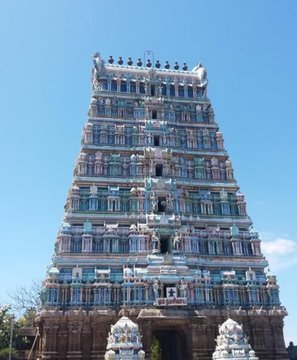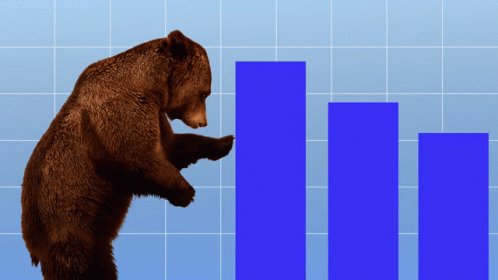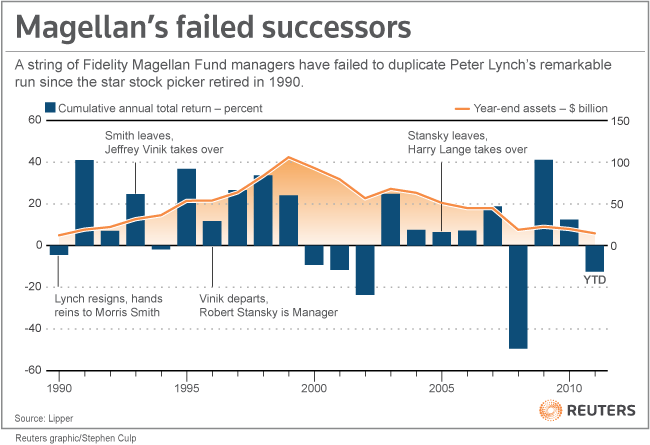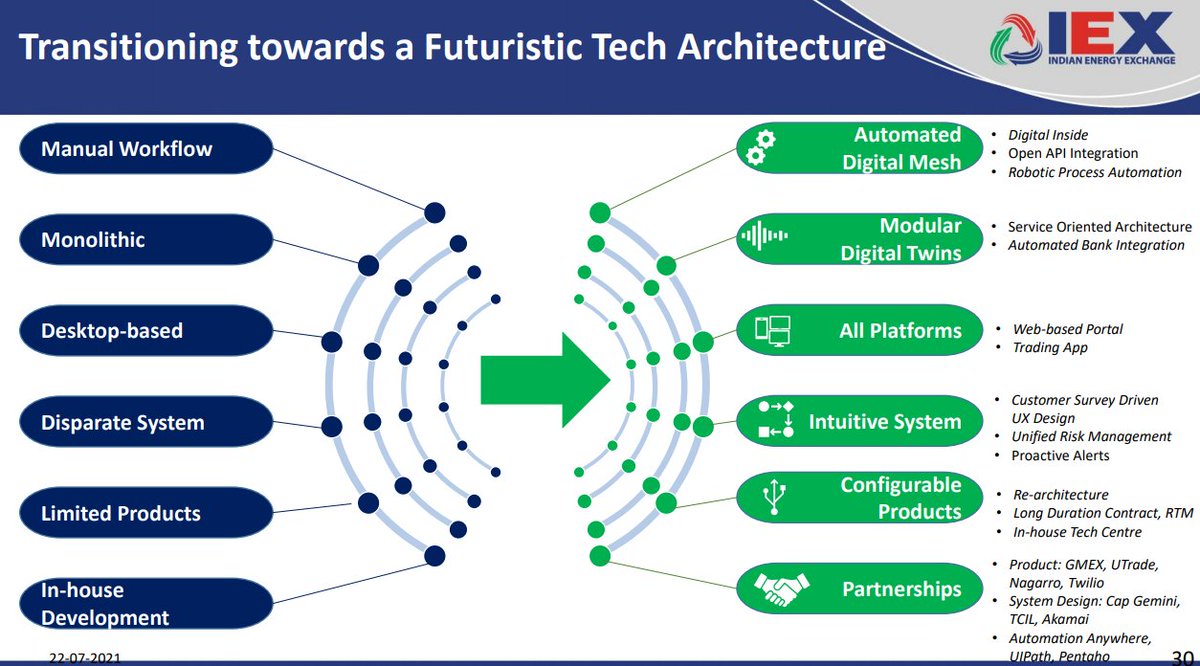It's the weekend!
Grab a cup of coffee, in this thread I will explain
1. What is a Yield Curve?
2. Why is it an important indicator of Recession?
3. Is an Economic Recession around the corner?
Lets dive right in!
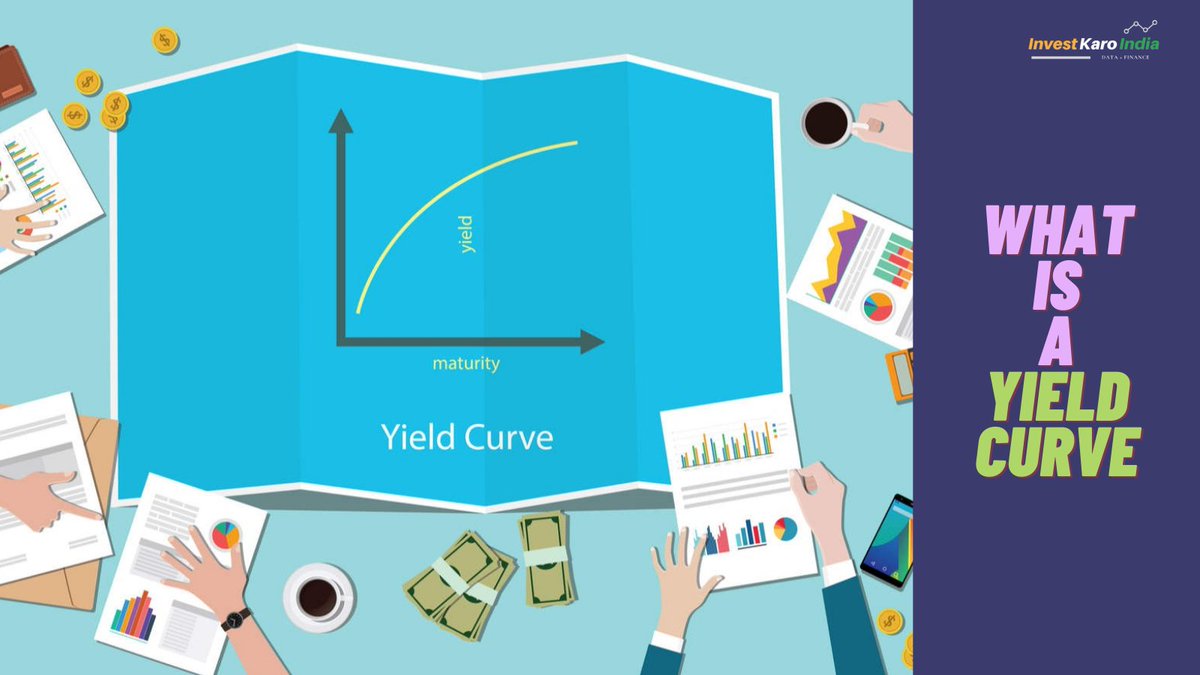
A bond is a fixed income financial instrument which represents a loan made by an investor to a borrower
The investor typically receives payment in the form of interest and a lumpsum (principal) on maturity
The interest rate on a bond is known as coupon rate.
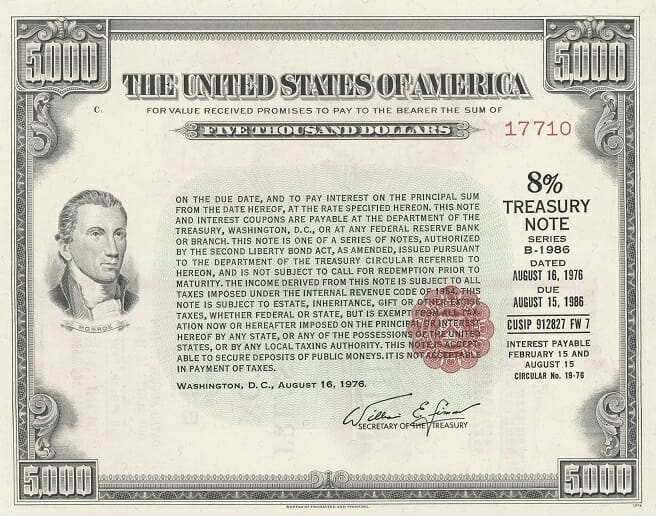
1. Zero Coupon : Pays both interest and principal at maturity
2. Sovereign Bonds : Issued by a Government or a Quasi Government Institution
3. Corporate Bonds : Issued by corporate like banks, established companies etc.

The higher the credit worthiness of the issuer, the lower the coupon rate
Credit Rating on a Bond is usually assigned by credit rating agencies like Moody's or Standard & Poor's (S&P)
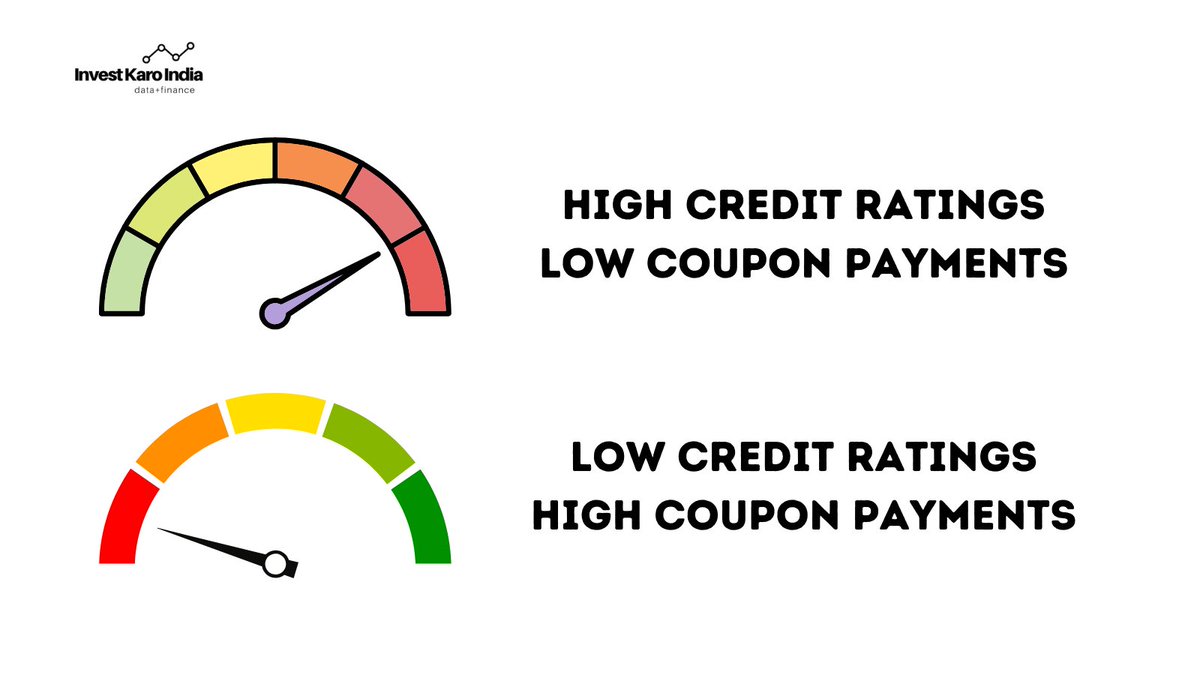
Anything with a credit rating of BBB (Triple B) or lower is considered as 'junk bond' or a 'high yield bond' as they have high risk of default
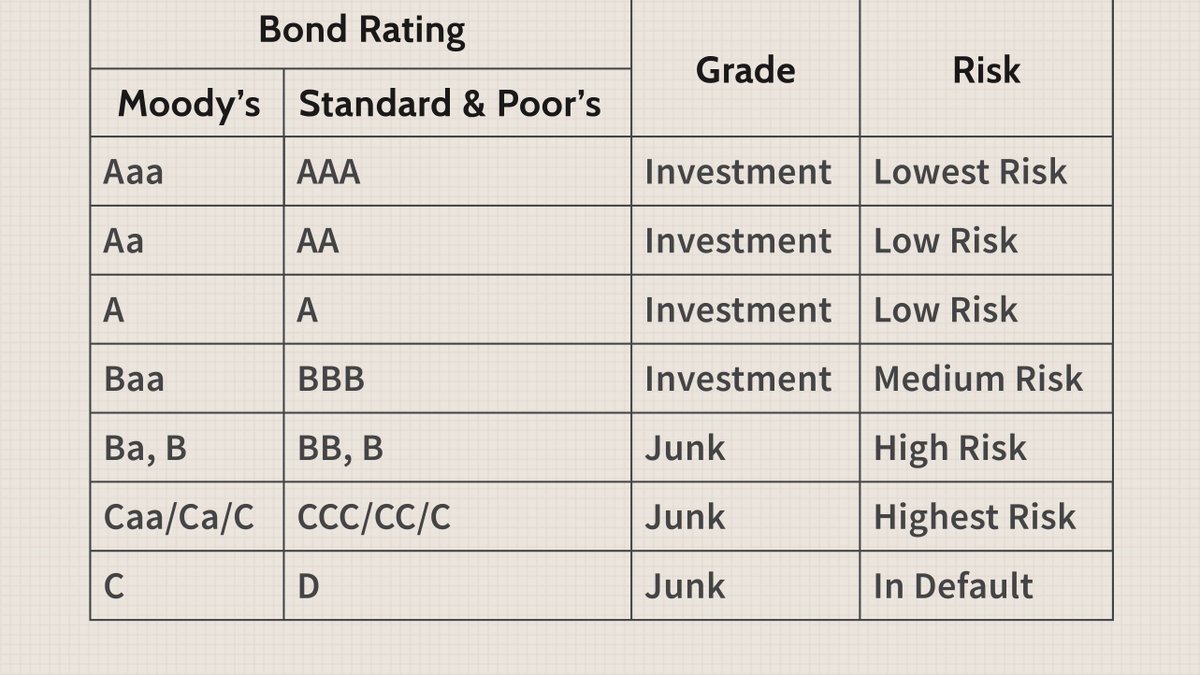
Yield is simply the return an investor of a bond realizes over the course of the bond holding period
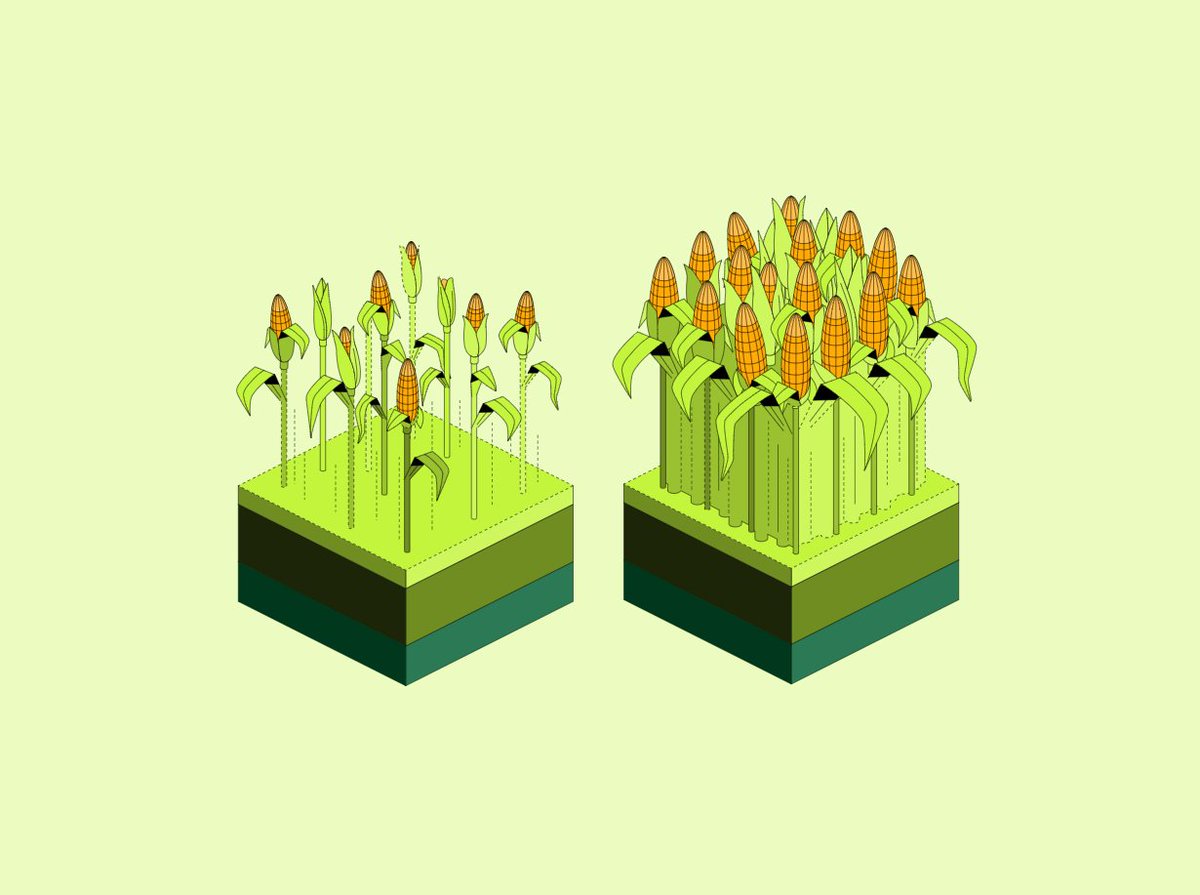
Bond Yield = Interest Payments / Bond Price
Since, coupon (interest) payments on a bond along with tenure of a bond is fixed
your yield on a bond simply depends on the change in its price
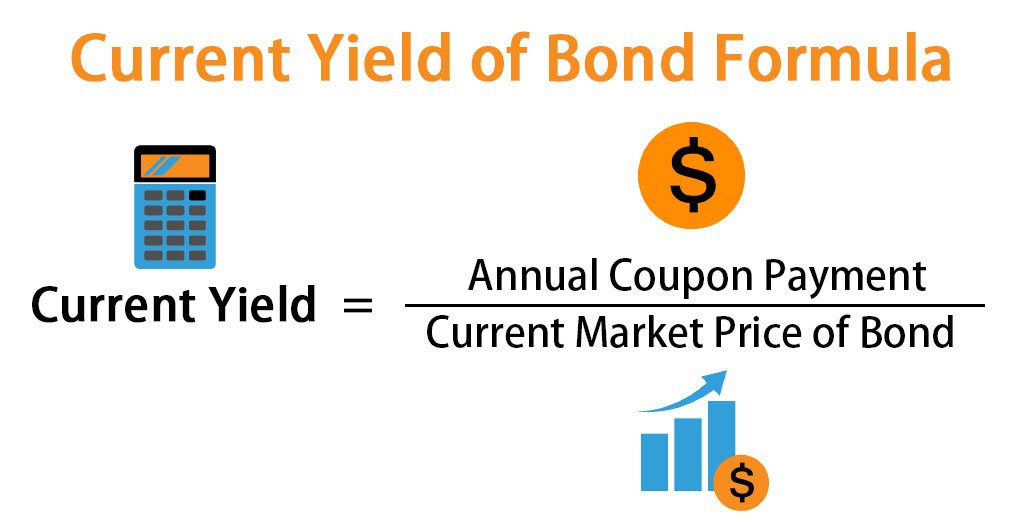
The logic and concept followed for calculation and estimating a Dividend Yield can be directly applied to a bond yield as well.
ITC as per its policy issues out 85% of its profits as Dividends to its Shareholders, this comes to around ~Rs 10/share
When ITC was trading
at 180/share, the Div. Yield was 5.5%
at 254/share, Div. Yield is 3.93%
If Bond Price come down, the Yield on the bond will increase
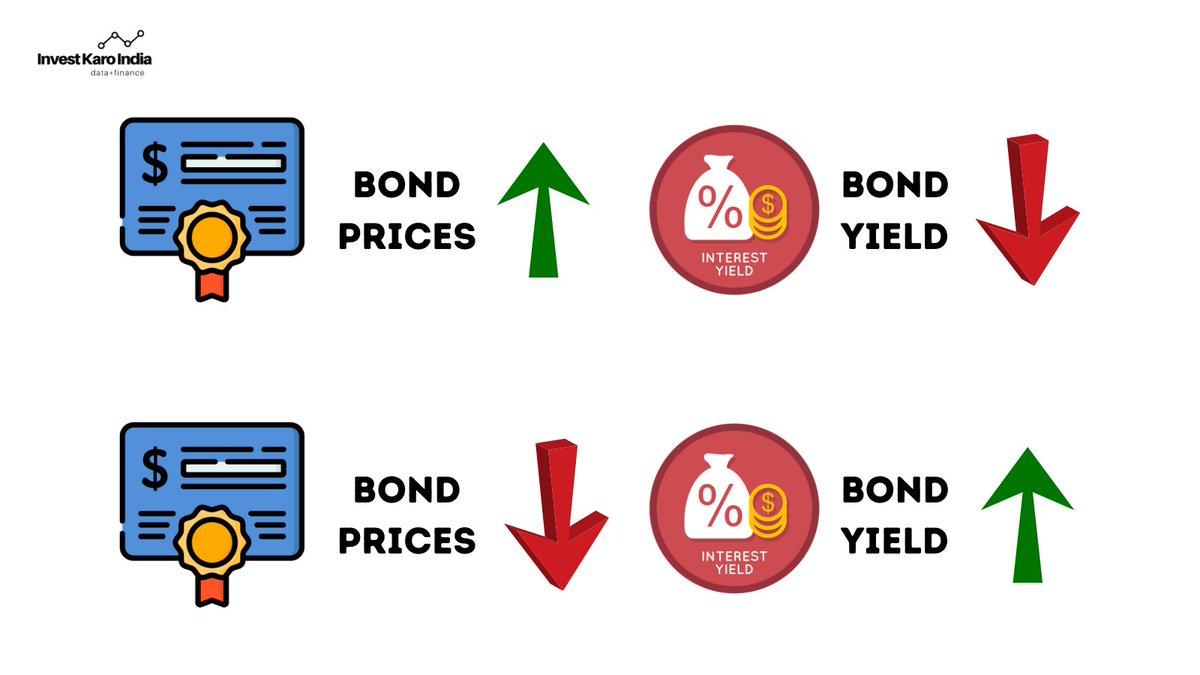
Suppose if you buy a 10 year Govt Bond that pays 5% interest yearly for Rs 1000
If instead of selling the bond when bond price rises to Rs 1100, you held on to your bond until its maturity date till end of 10 years
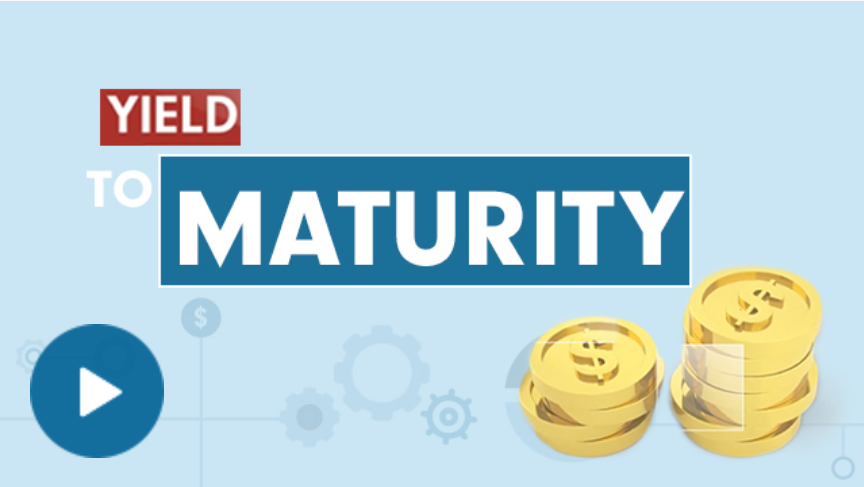

A Yield Curve is just a graphical representation of Yields of various bonds with similar credit rating but differing maturities
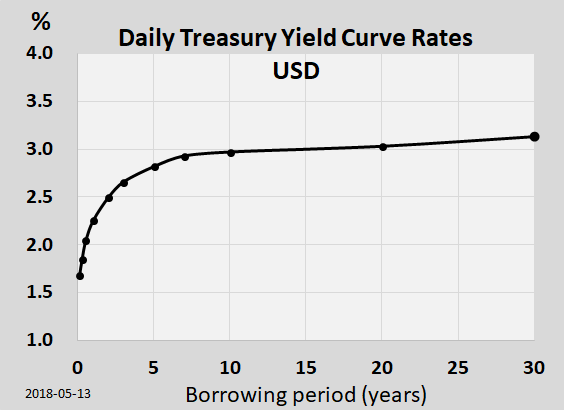
which depicts the Bond Yields on US Treasury Bonds for varying maturity dates ranging from 1 Month to 30 Years
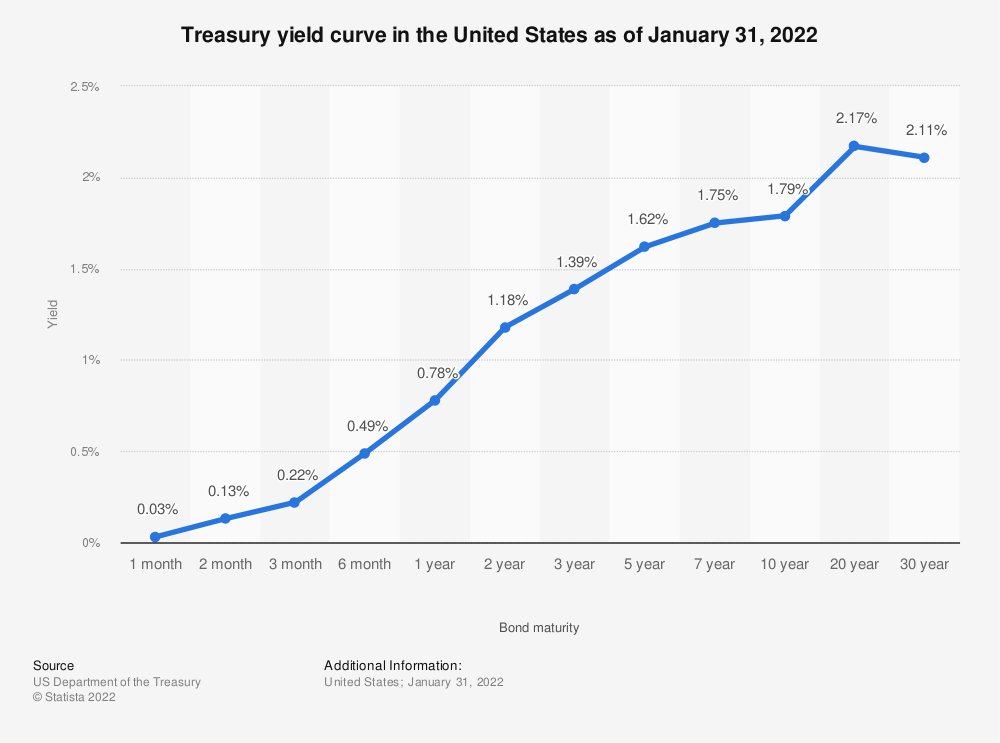
Why is Yield Curve used to predict a Recession?
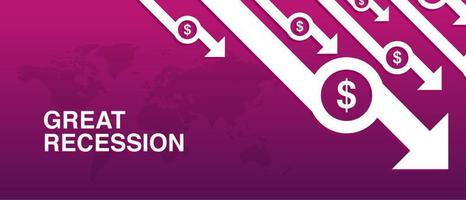
a. Upwards Sloping (Most of the Time)
b. Flat (Rare)
c. Inverted Yield Curve (Very Rare)

Yields on longer term bonds should be much higher compared to Yields on shorter term bonds
as
with longer term bonds you are taking more risk and hence need more interest as return
implying that near term risk in the economy is higher compared to long term
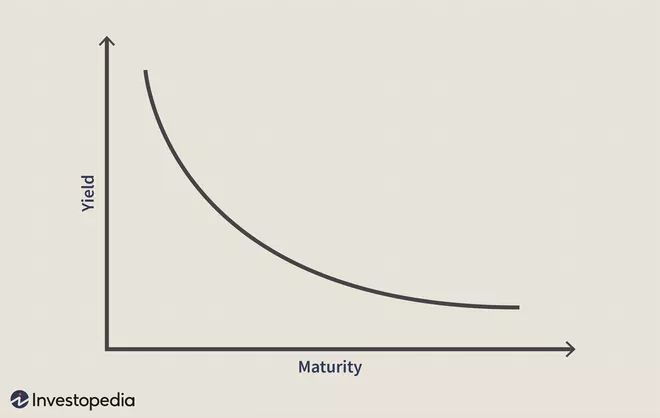
Bond Investors start dumping their short term bonds in favour for longer duration bonds
Demand for Short Term Bonds decreases, causing Bond Prices to collapse and Yields to Increase
While
Demand for Longer Term Bonds Increases, causing Bond Prices to rise and Yields to Decrease
Thus, creating the inverted Yield Curve.
Here are some of their publications on this subject
https://t.co/exRUKrkeYi
https://t.co/7dvY2PQOwE
https://t.co/iqxbeaqJg4

It even inverted right before the pandemic!
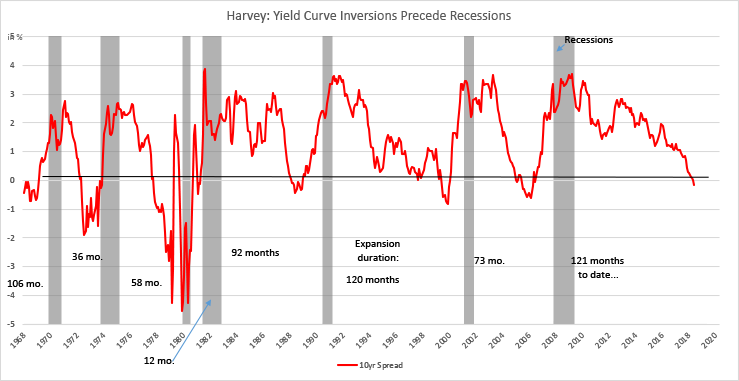
Most recently the US Treasury 2 and 10 yr Yield Curve Inverted on 29th March 2022
imply the onset of a recession anytime between end of 2022 to 2024.

Without Recessions, we wouldn't have the opportunity to reset and economy would overheat and turn into a bubble which when popped could bring depression.

1. Slowing Economic Growth
2. High Unemployment Rate
3. High to Medium Fed Interest Rates
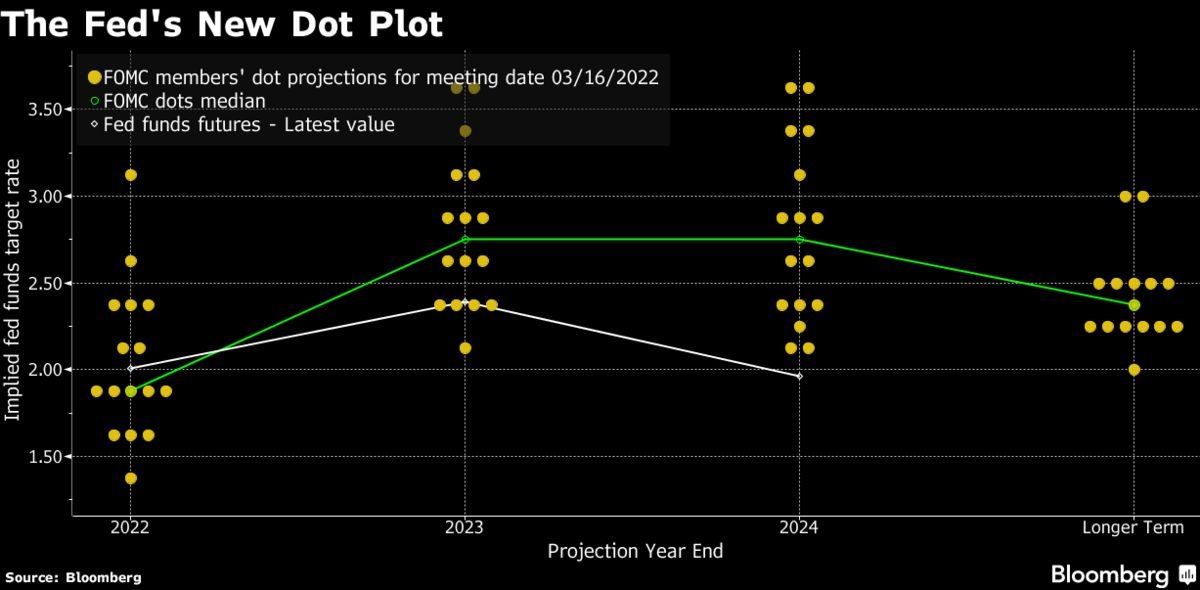
The inflation today is purely a result of supply side shortages cause by the onset of the pandemic
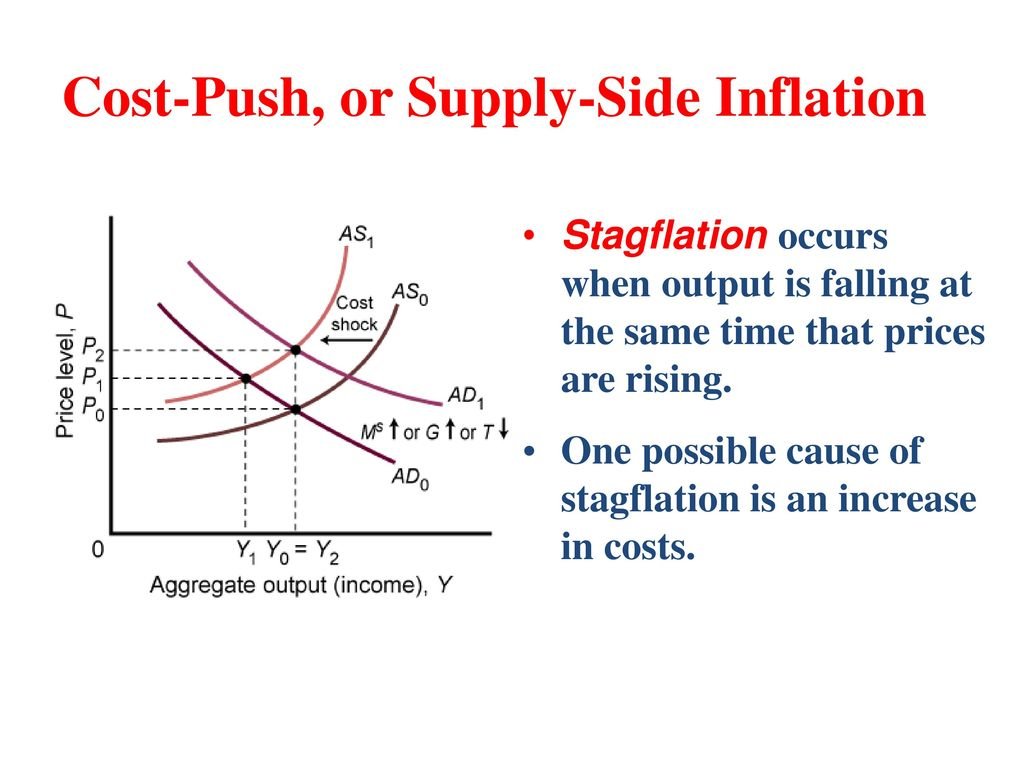
I don't know and I am not sure if anybody does.
I hope you've found this thread helpful. Follow me @itsTarH for more.
Please Like/Retweet the first tweet below if you can: https://t.co/2zDVPC7lus
It's the weekend!
— Tar \u26a1 (@itsTarH) April 2, 2022
Grab a cup of coffee, in this thread I will explain
1. What is a Yield Curve?
2. Why is it an important indicator of Recession?
3. Is an Economic Recession around the corner?
Lets dive right in! pic.twitter.com/7qrYbT6Scj
All my previous work, can be found here
https://t.co/LV5EyiqlCw
All my Threads so far \U0001f9f5 \U0001f447\U0001f3fc
— Tar \u26a1 (@itsTarH) June 5, 2021
https://t.co/3OwTRkY8BZ
Here is a 5 hour long webinar on Green and Renewable Energy ☀️
Lots of India, Chinese and US companies covered along with Global Demand and Supply scenario
https://t.co/rkiK2iHlS0
More from Tar ⚡
ROCE 1 Yr: 32.7%
ROCE 3 Yr: 24.8%
ROE: 27.4%
ROE 3 Yr: 19%
Op Margin: 28.4%
Reserves: 32% of Current Market Cap
Debt: Nil
Profit CAGR 3Yrs: 54%
Debtor Days: 15
Inventory Turnover > 5
CFO YoY Increase : 160%
Some of you got it correct. Its Anjali Portland.
The company just acquired another cement company that will double the total sales immediately.
https://t.co/2xVnpJapPy
The acquisition was financed by adding debt, so interest costs from next quarter will go up but still great!
For a company that operates in a cyclical sector like cement!
What I liked is that the company was able to maintain the balance sheet and margins even in a down cycle.
With real estate sector reviving, this can be a great bet from here.
No recommendations, just an observation.
Market started re-rating the stock as soon as they announced acquisition.
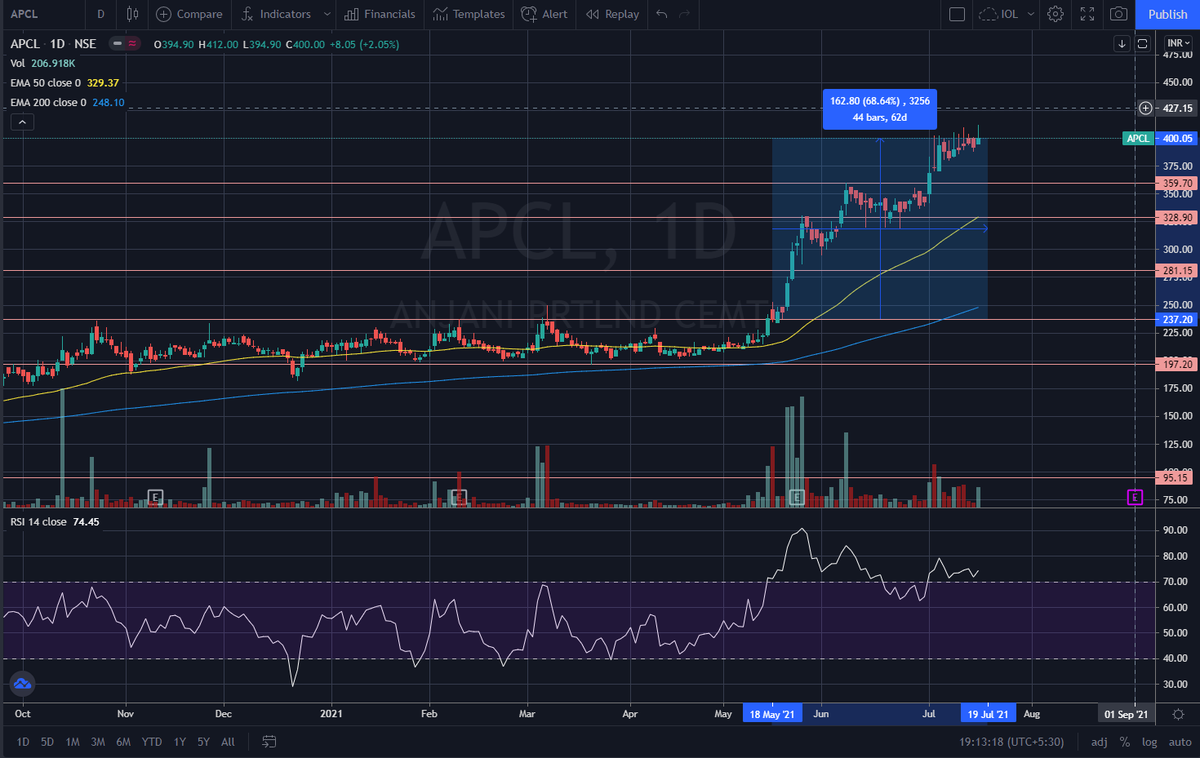
Someone did some work on details of acquisition, sharing the thread
@drprashantmish6 @Investor_Mohit
— Arun Choudhary FCA (@YOUNGBRUJ) July 9, 2021
1) Information on cement sector in India
India at 550 MTPA is the 2nd largest cement producer globally. Expected to move to 650 MTPA by 2025E pic.twitter.com/GqtcSk03TU
OPM: 23%
Free Float: <5%
QoQ continuous increase in ownership by institutions
ROE: ~20%
ROCE: ~28%
EV by EBITDA: 15
Leading developer of Indigenous Military Drones
Exports are prime focus for the company
D: Invested, not a recommendation
Lots of under owned stocks with robust financials within Defense Sector \U0001fa96\U0001f396\ufe0f
— Tar \u26a1 (@itsTarH) April 12, 2022
You don't even have to try looking very hard to find something interesting
Grab a cup of coffee, today I will tell you about all the tools and services I use in my investing journey
Some are free, some are paid but all of them are guaranteed to deliver value
Lets dive right in!
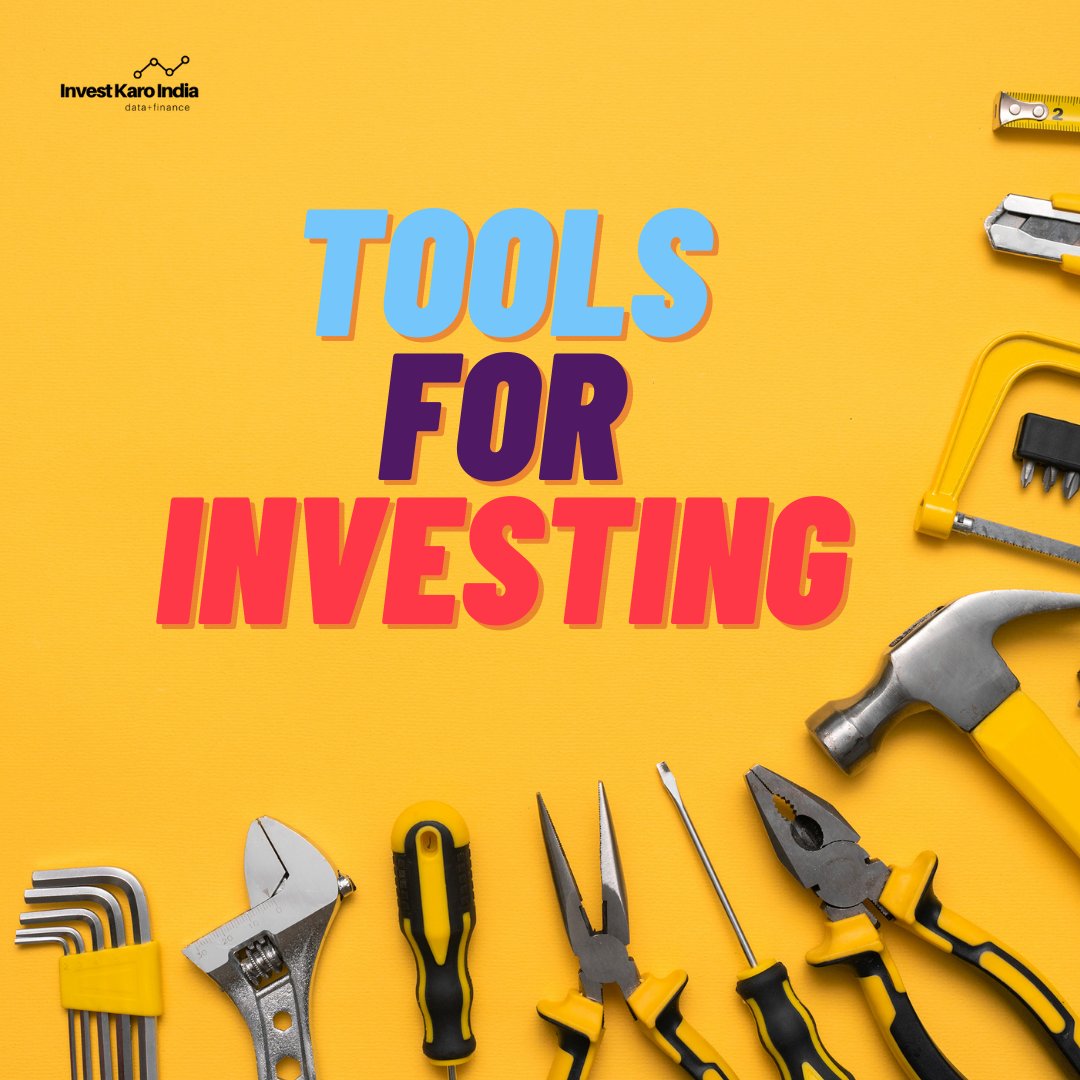
Service # 1
Name: @Regulation30
Type: Paid
Regulation30 is my go to source to hunt for exchange filings that are worth studying further
This is also the source where I get lot of special situation ideas that aren't that widely known

Every day thousands of filings are made over the exchange, among them only a handful are worth studying
Regulation 30 filters out the noise and sends me a daily email of every exchange filing that is worth reading
Here is a snapshot of the email they sent me yesterday
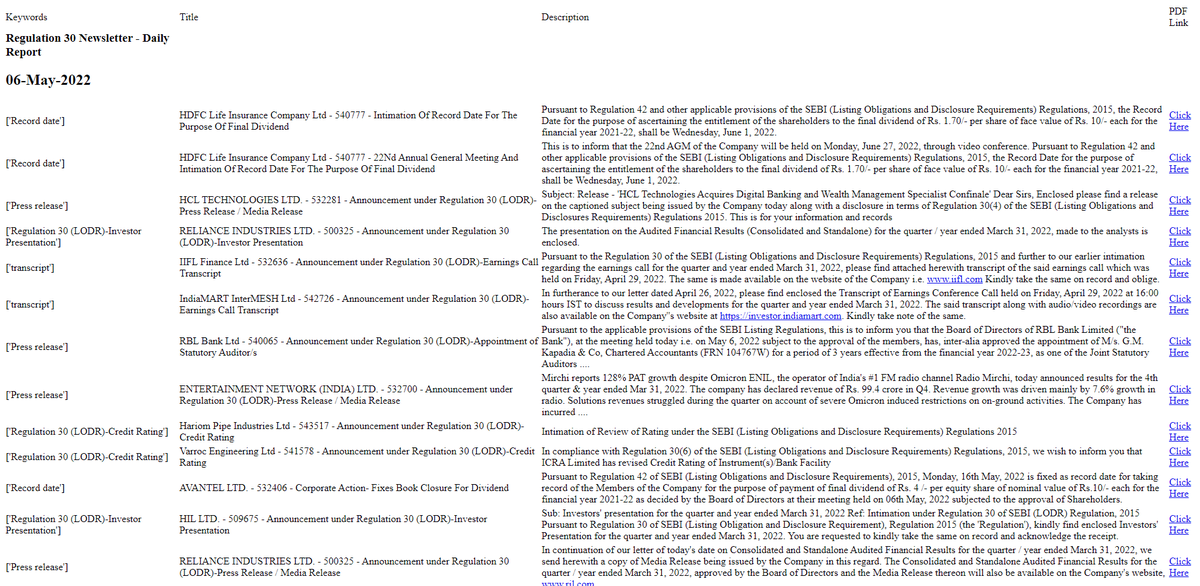
Apart from the newsletter, there is a Slack community where founders of Regulation30 routinely share great insights into less known companies
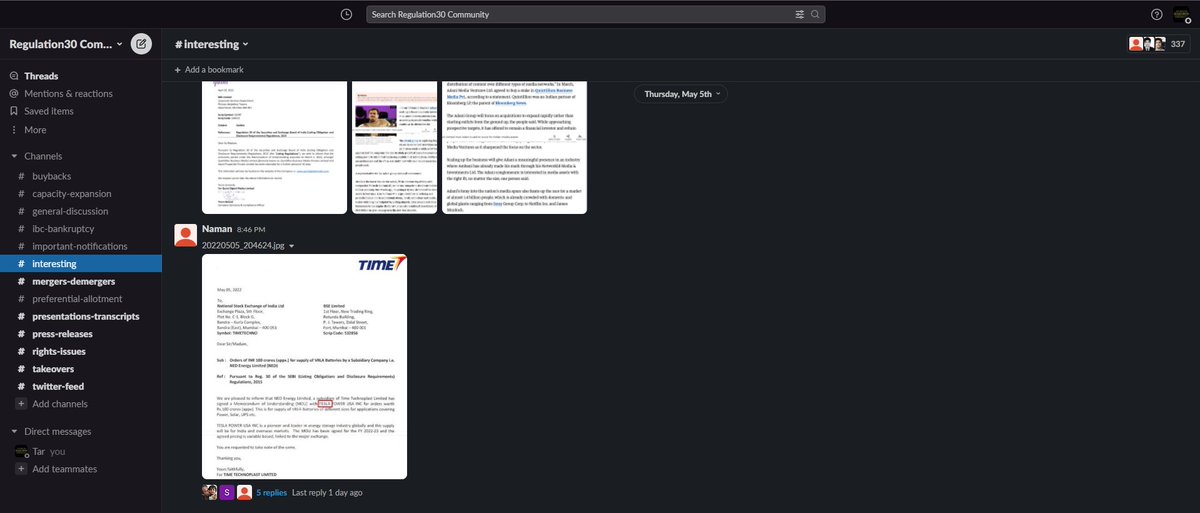
Service # 2
Name: CapTwist
Type: Free
Wouldn't it be cool if you could search across all exchange filings of all companies via keywords or phrases and join them together as a theme?
Well, CapTwist does just that!
https://t.co/9mwFRPZkws
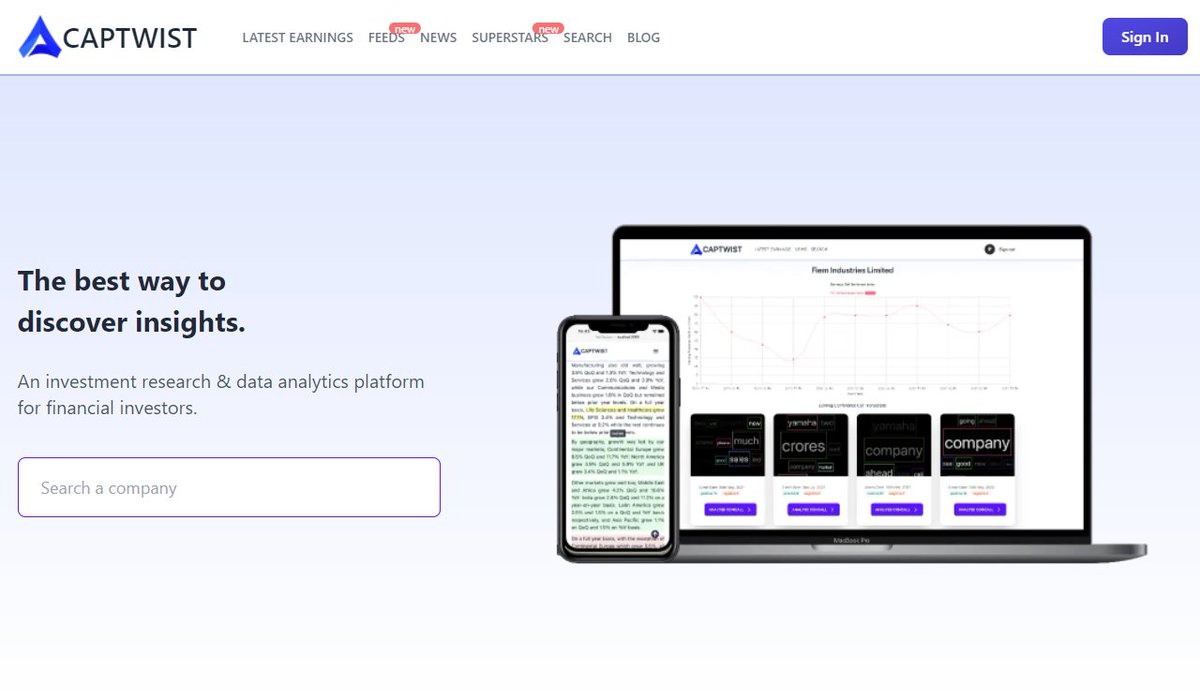
More from Genericlearnings
This topic is for everyone, whether you manage your money yourself or through your advisor, it will go a long way in managing your finances.
Do re-tweet & help us educate retail investors (1/n)

Subscribe to our YouTube for some interesting educational content around Personal Finance - https://t.co/jvgNEDWiAZ
And you can also join our Telegram channel for regular updates – https://t.co/Ekz6I8pDGt (2/n)
(1) Lets start with Life Insurance
Term Insurance is the best way to take an insurance cover & probably the only product to buy in life insurance. Make sure u disclose all the necessary information before taking the insurance. Smoking, Alcohol, any pre-existing deceases etc(3/n)
Have atleast 10-15 times of your annual income as insurance cover
But there are variants of term insurance that you should avoid (4/n)
(A) Term plan with return of premium
For a non-smoker born on the 1st Jan 1985 & policy term 39 years (till age 75), the regular premium for a 1-cr term insurance is 22,157 (inclusive of GST) but with returns of premium is 42670 (inclusive of GST). An increase of 20,513 (5/n)
A basic and compressed learning on Fibonacci Ratios
It's called the #Fibonacci sequence, but its origin was in India around 200 BC! Here's how you can use it in the equity market@kbbothra #BNSNPathshala #StockMarket #Nifty50 #StocksToWatch pic.twitter.com/OuGbU4DgrC
— ET NOW (@ETNOWlive) June 3, 2022
You May Also Like
📈 ~12000 vistis
☑️ 109 transactions
💰 353€ profit (285 after tax)
I have spent 1.5 months on this app. You can make more $ in 2 days.
🤷♂️

I'm still happy that I launched a paid app bcs it involved extra work:
- backend for processing payments (+ permissions, webhooks, etc)
- integration with payment processor
- UI for license activation in Electron
- machine activation limit
- autoupdates
- mailgun emails
etc.
These things seemed super scary at first. I always thought it was way too much work and something would break. But I'm glad I persisted. So far the only problem I have is that mailgun is not delivering the license keys to certain domains like https://t.co/6Bqn0FUYXo etc. 👌
omg I just realized that me . com is an Apple domain, of course something wouldn't work with these dicks
#ArudraDarisanam
Unique Natarajar made of emerlad is abt 6 feet tall.
It is always covered with sandal paste.Only on Thriuvadhirai Star in month Margazhi-Nataraja can be worshipped without sandal paste.

After removing the sandal paste,day long rituals & various abhishekam will be https://t.co/e1Ye8DrNWb day Maragatha Nataraja sannandhi will be closed after anointing the murthi with fresh sandal paste.Maragatha Natarajar is covered with sandal paste throughout the year

as Emerald has scientific property of its molecules getting disturbed when exposed to light/water/sound.This is an ancient Shiva temple considered to be 3000 years old -believed to be where Bhagwan Shiva gave Veda gyaana to Parvati Devi.This temple has some stunning sculptures.
